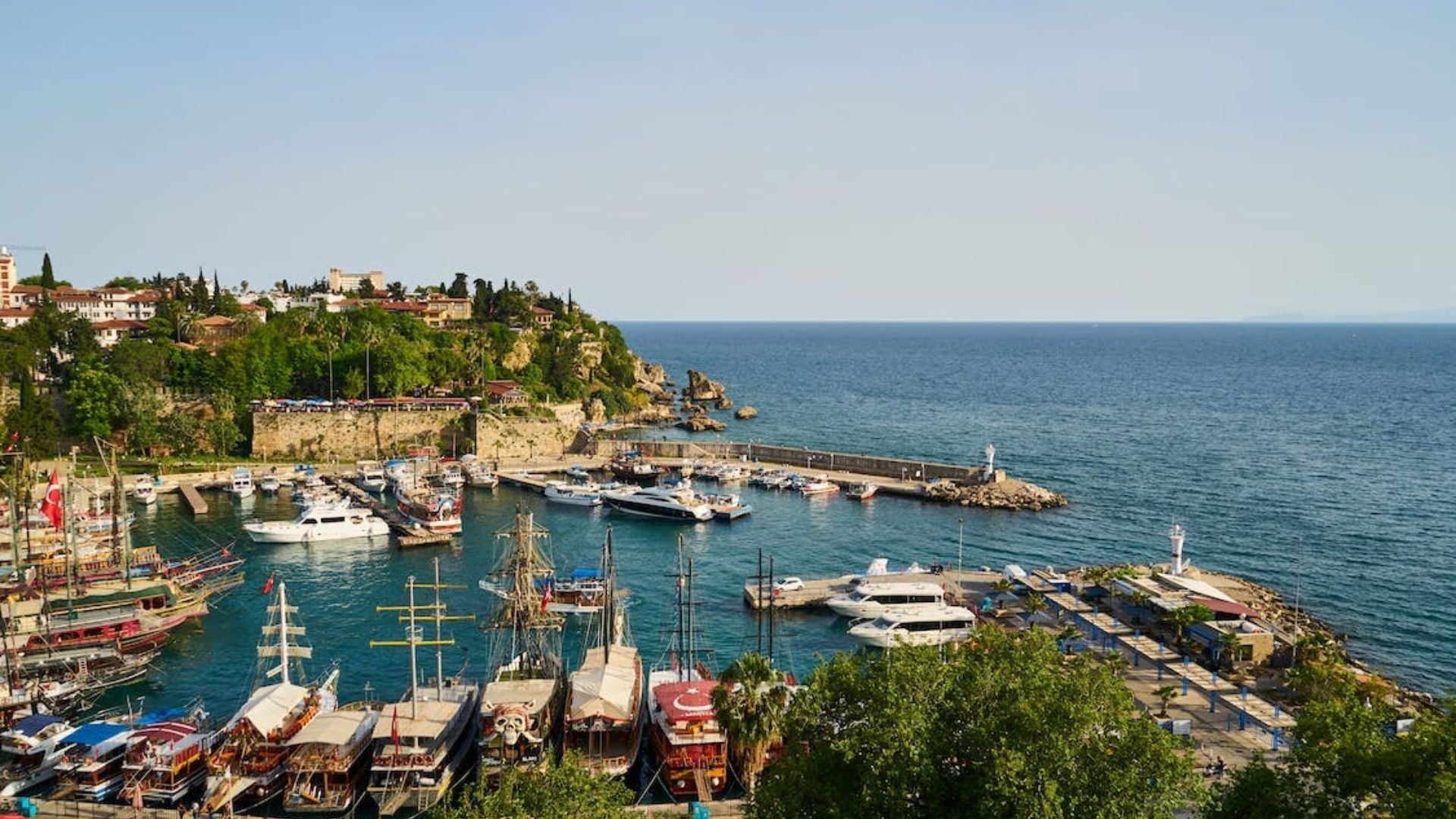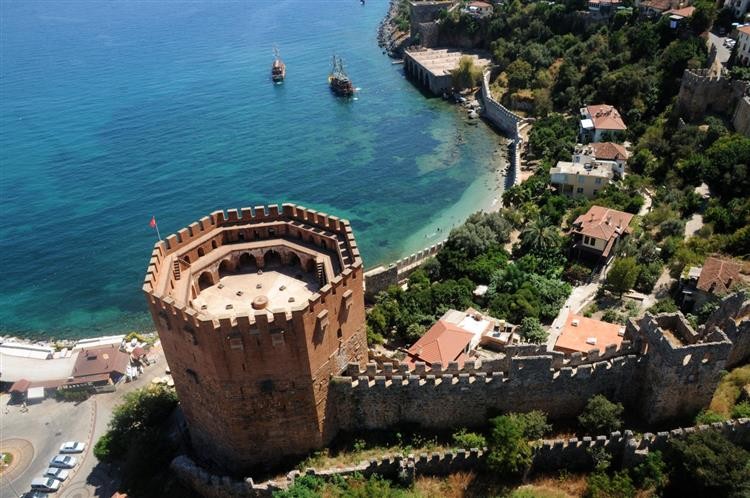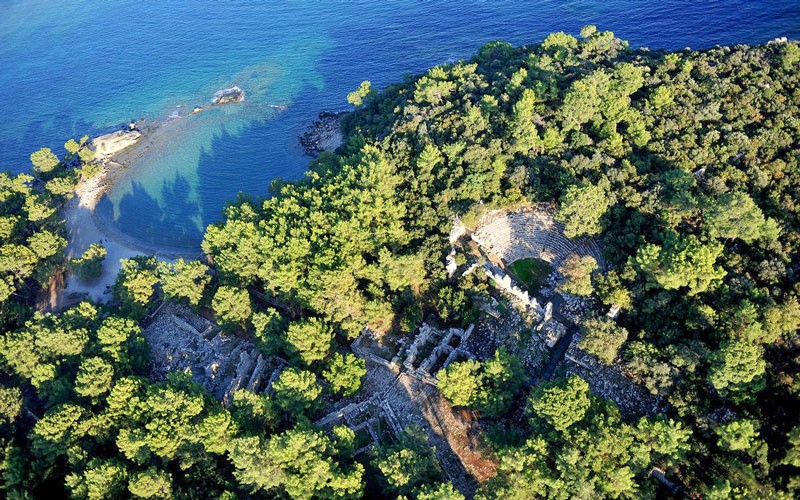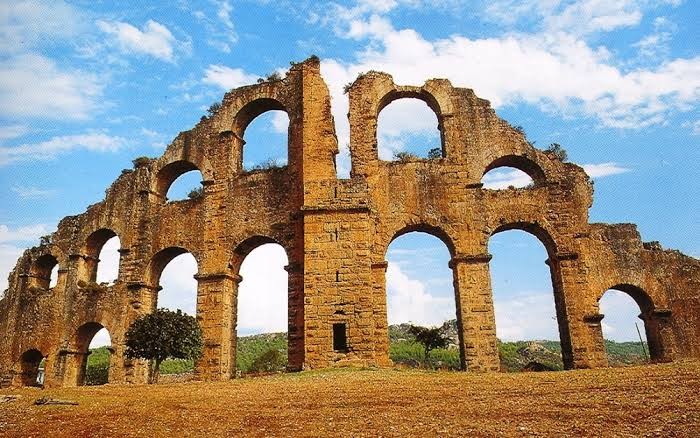The Xanthos people have always been remembered with their courage throughout history and were so fond of their liberty that their only concern was to be captured one day. Fears of captivity have caused them to adopt an unbelievable tradition; A small group selected from the best families in the city is sent to other cities until one day 'news of mass death'. When the people are captured, they collectively choose suicide; that small group returns to the city and rebuilds the city. The people of Xanthos committed suicide twice and the city was rebuilt. It is also mentioned on the Lycian history pages as "the first country to implement a republic administration". In the 300s BC, 23 cities in the region established a union and adopted a democratic administration and chose Xanthos as the capital in the 2nd century BC. The most important decisions of the region were made in this city. Persians, Romans, Byzantines all added something to this city. City walls, theaters, monuments, mosaics, waterways ...
Places That Will Take You On A Fascinating Journey Intertwined With History In Antalya
Discover Antalya24 February 2020Antalya, which is one of the most important destinations of the world tourism, the places that will take you on a fascinating journey intertwined with history in Antalya.
Xanthos
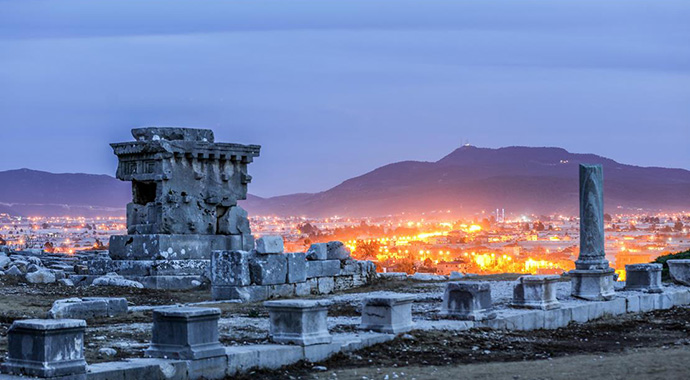
Thermessos
Termesos has a history starting from the chipped Stone Age and extending to Lycia, Seljuks and Ottomans. For this ancient city, which is leaning on the slopes of Mount Güllük, Alexander the Great says "The Eagle's Nest". Termesos is located within the borders of Pamphylia, a little away from the Lycian lands. Historians who wrote Termessos say that the city's 300-year life ended in the 5th century. You can see countless rock tombs, sarcophagi and to the horse-raised Commander Alektas.
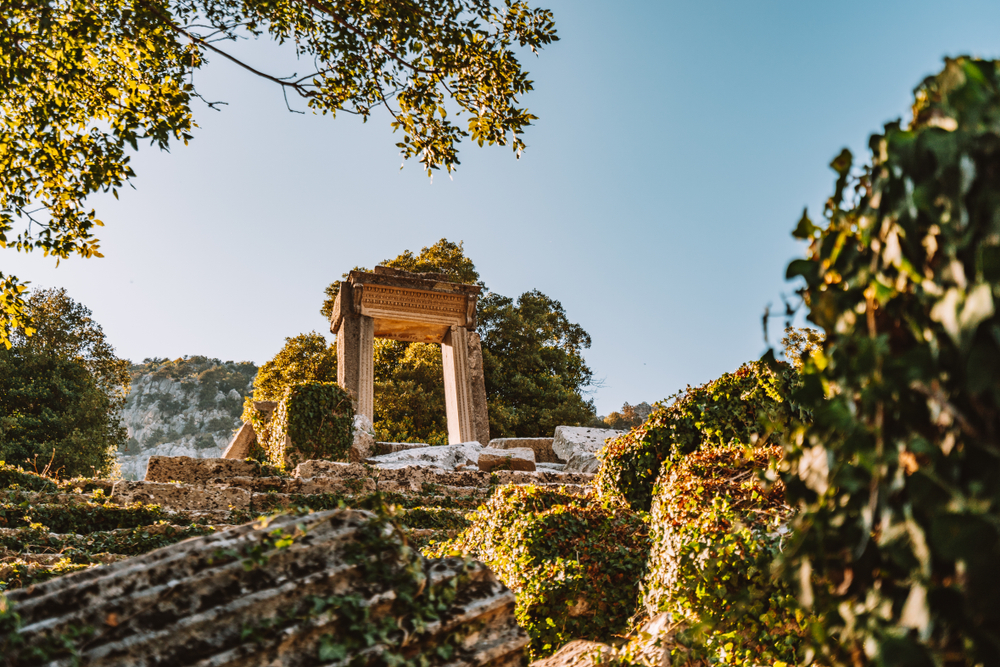
Olympos Ancient City
Although the exact foundation date of the ancient city of Olympos is not known, Olympos mentioned in the Lycian Union coins published in 167-168 BC is one of the six cities that have three voting rights in the Lycian Union. Most of the ruins of the city that have survived today are covered with trees and bushes in the forest and belong to the Hellenistic, Roman and Byzantine periods. The ruins of Olympos that have survived to the present day are usually located from east to west, at the mouth of a river that flows rapidly into the sea and on both sides. In the ancient period, the river bed, which divided the city into two, was taken into a canal and both sides were used as a pier and connected by a bridge. In the small and steep acropolis near the mouth of the river, there are remains of buildings from the late periods. The Hellenistic-based and Roman-renovated small theater on the south bank of the river is quite devastated and one side of the entrance is well preserved.
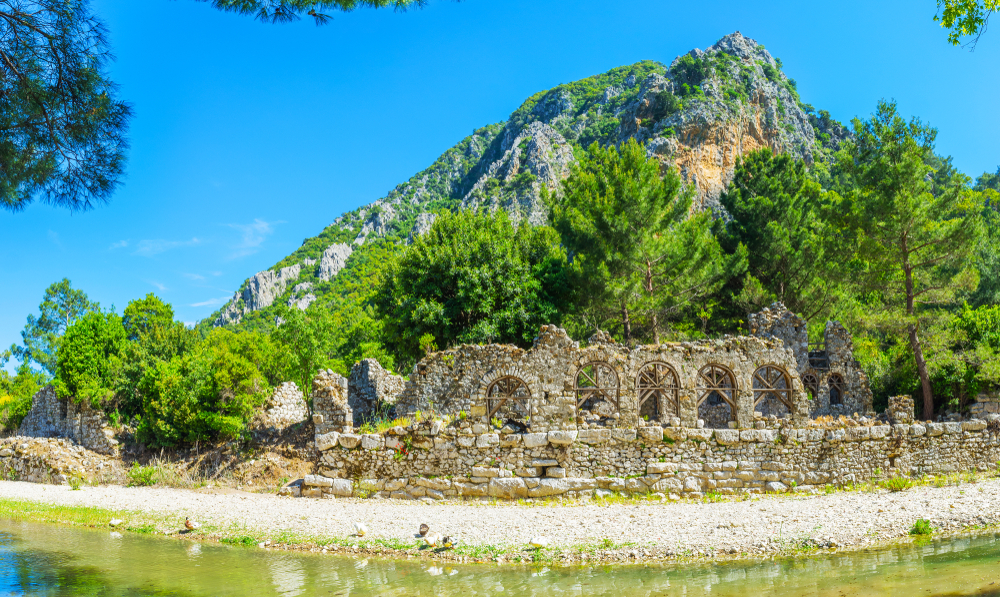
Selge Ancient City
Selge Ancient City is one of the important cities of Pisidia Region. The region belonged to the Lydian Kingdom prior to the 547 BC invasion of Persia. It was under Persian rule until Alexander Alexander arrived in 334 BC; It gained independence in the Hellenistic Period (330 BC - 30 AD) because it did not cause any difficulties for Alexander. He lived his brightest time in the Roman Period. The strongest structure that survived to today. It is the theater that was restored in the 3rd century. There are many ancient buildings on the Köprüçay River and on the road route that follows it. Arch Bridge, Böğrüm Bridge, Ancient Road, Garrison Buildings, Waterway, Chapel... Selge is also located within the borders of Köprülü Canyon National Park, which has many endemic species, forests with its natural geological formation, canyons with a high landscape value recreation area.
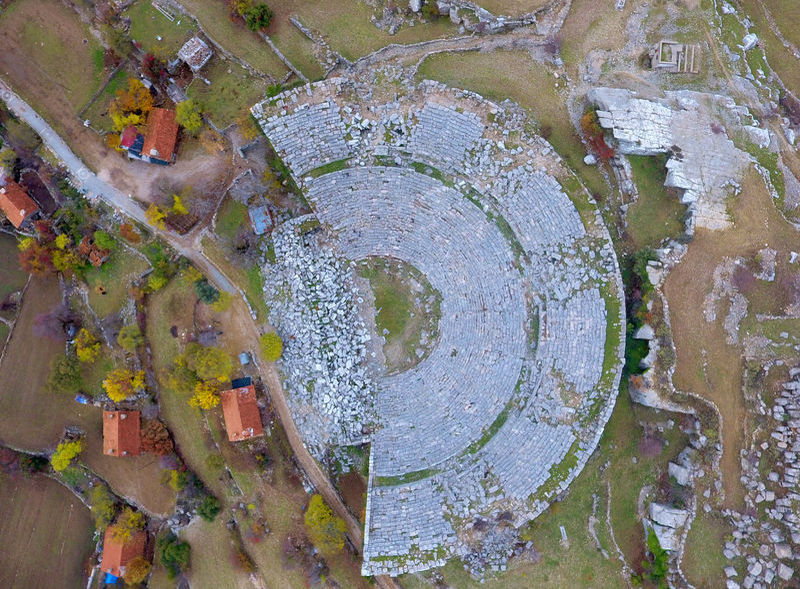
Myra Ancient City
The Ancient City of Myra is especially famous for the Lycian Period rock tombs, the Roman Period theater and the Church of St. Nicholas (Santa Claus) by the Byzantine Period. The ruins of today are the theater on the southern skirt of the acropolis and the rock tombs on both sides. There are embossed or flat rock tombs on both sides of the theater. One of the most interesting examples is the embossed tomb, which depicts the dead and its relatives, among the Myra tombs, which are the best adapted examples of the wooden house architecture of the Lycians.

